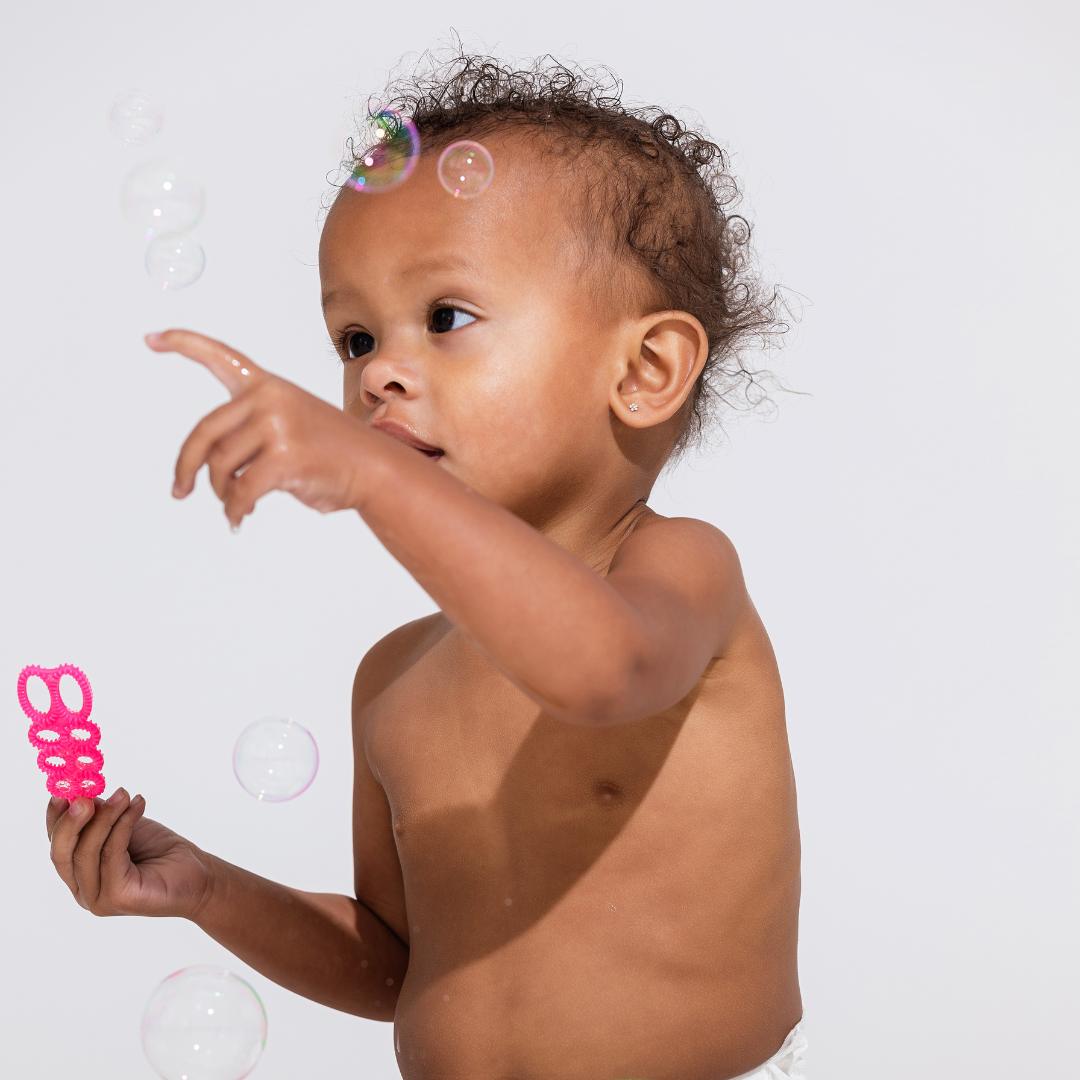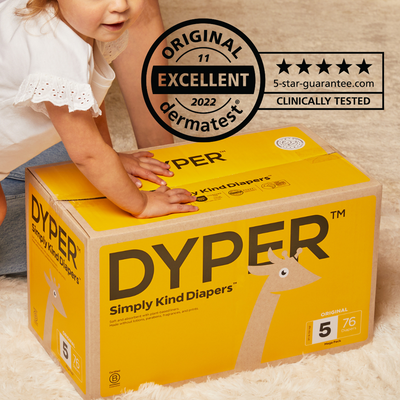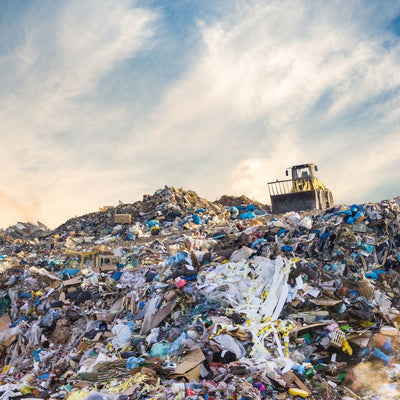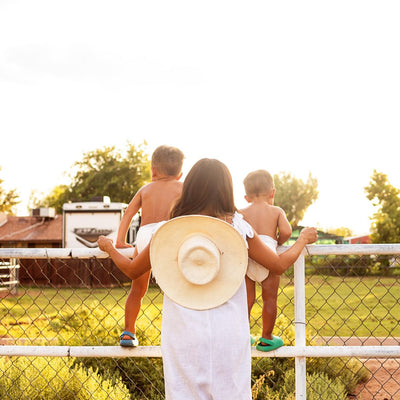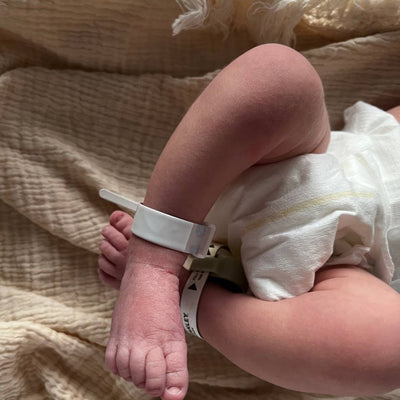In this blog post, we aim to address this gap. But first, let’s understand what sensory play is and why it's important.
What is Sensory Play?
This is simply a playful activity that stimulates the senses -- sight, smell, hearing, taste, and touch. It could also include balance and movement. There's no need to stimulate all senses at once, especially in younger babies. Generally, the more senses involved, the more stimulating and fun the play is. Observe your baby if this is the case for them as it can be overwhelming for some too.
What are the Benefits of Sensory Play?
As babies and toddlers are still getting to know the world, they learn more by exploring it through their senses. The first three years are crucial to a child’s development. It’s when 80% of an adult brain is formed and when forming neural connections are the most active. Sensory play has a key role in this. By being exposed to a variety of sensations, sensory play allows babies and toddlers to understand the world. This will help them develop their memory, language, problem-solving, and fine and gross motor skills. Sensory play also encourages imagination, creativity, independence, and social skills.
How to Keep Sensory Play Environmentally Responsible.
Unfortunately, there is little information on environmentally kind sensory play ideas and activities online. That doesn’t mean it’s impossible or difficult. With imagination and creativity, responsible sensory play can be exciting and simple. But how exactly are we to keep it this way? We have a few ideas to make sensory play responsible.
Use What You Have
You don't have to buy new toys just to engage your babies in sensory play. You can most definitely use household items like buckets and spoons, kitchen staples like flour and food color, and baby toys like mobile and stuffed animals. Just make sure they don't contain any harmful chemicals and choking hazards to ensure safety.
Keep it Simple
Sometimes, you don't need anything fancy to engage children in sensory play. With a little effort, even the most unexpected material or activity can be stimulating. For example, making faces with your baby and blowing raspberries on their tummy is already play, fun, and sensory, and the only material you need is your body.
Choose Natural and Recycled Materials
If you must buy, choose responsible and home compostable materials. This can be tricky as toys and baby products can be subject to a lot of greenwashing. Keep an eye out for certifications such as these ones to ensure that your responsible sensory play toys and materials are 100% legit.
- Program for the Endorsement of Forest Certification (PEFC), a sign that wooden toys are made with wood from sustainable forest.
- Forest Stewardship Council (FSC), a seal for paper and cardboard materials made from responsibly sourced wood fiber.
- Nordic Swan Ecolabel, a sign that baby products with textiles and toys meet environmental and chemical requirements and promote a circular economy.
Finally, the exciting part! Here are some environmentally kind sensory play ideas that you can do for your baby and toddler. These can be done indoors or outdoors using readily available or environmentally kind materials.
1. Sensory Bin
Acquaint your little one to different textures, shapes, and colors with a sensory bin. Simply fill a container with items from nature like sand, pebbles, and sticks.
2. Food Play
If you want to increase your baby’s willingness to try new food, engage them in food play outside mealtime. To do this, simply give your baby a bowl with the new food, for example, steamed vegetables mashed or cut into bite-sized pieces. Let them explore by touching the food, mashing it further, biting on it, the list goes on!
3. Mystery Box
Make everyday household objects interesting by adding mystery into the mix. Create a mystery box by cutting a hole through a carton box, just enough for your child to put one arm through easily. Then, fill it with everyday objects of different sizes and textures. Ask them to identify the item just by feeling it with their hand through the hole. Take the mystery object out to see if they got it right.
4. Water Play
Generally, water and babies are a great combination for some effortless fun. You can choose to let your child join you doing household activities involving water like watering plants, washing toys and dishes, and rinsing their hands clean. Or, keep it simple by adding a few toys during bath time. The possibilities are endless.
5. Baking Goodies
Get ready for some messy play by letting your toddler join your baking session. Choose between involving them in the actual baking process and giving them their own set of bowls, spoons, and ingredients so they can make their own recipe.
6. Home Musical
Unleash your child’s musical genius by creating groovy sounds with common household items and baby toys. Babies typically start shaking and banging things around six to nine months. So get the rattle out and even the spoons and bowls.
7. Melting Ice
Make blocks of ice with a tray. Then put them in a bucket, take out your penguin and polar bear toys to recreate an Arctic scene. This is a great opportunity to teach your toddlers about hot and cold.
8. Playdough
Create a homemade toddler-friendly dough using recipes online. During playtime, encourage your toddler to explore it. They may make shapes from cookie cutters or just roll and slice the dough. This develops a toddler’s fine motor skills.
9. Colored Rice in a Bucket
A popular sensory play kit staple, colored rice, gives an opportunity for children to explore textures and colors. Start by putting one color per container and then let your tot decide what happens next.
10. Blowing Bubbles
This looks like a simple visual stimulation but it’s actually a good activity for a young child to practice tracking movement with their eyes. Make your own eco-friendly bubble stash with ½ cup dish detergent, 5 cups distilled water, 2 tablespoons vegetable glycerin, or light corn syrup or honey.
11. Balance Board
Take the playground and gym indoors with a wooden balance board. This unassuming wood piece will challenge your toddler’s balance, coordination, and gross motor skills in a fun way. Doubling as an open-ended toy, it could be anything too! Remember to check for a PEFC seal to make sure it’s environmentally kind.
12. Environmentally Kind Hand Painting
Buy or make your own environmentally kind paint for your developing tot. Lay down newspapers on the floor, get a blank canvas, and add the paints for your baby. Resist adding a paintbrush to encourage them to explore it using their fingers and hands!
13. Take a Walk in the Park
This is an activity you can do with an infant and a toddler. The potential to turn it into a fun and responsible sensory play is boundless. Play I Spy or Did You Hear That to encourage them to tune in to the many sights and sounds. Or simply, walk together and slowly, listen to the crunch of the leaves, smell the air, and listen to the birds.
14. Gardening
Invite your little helper to come outside and help out in the garden, where a full sensory experience awaits. The vibrant colors of the plants and butterflies, the low buzz of the bees, the sweet scent of the flowers, and the unfamiliar texture of the soil and seeds.
15. Beach Scavenger Hunt
For most of us, the beach is a special place. Perhaps because we don’t always go there. So, take beach time as an opportunity to introduce your little one to its many wonderful creatures and features. Collect seashells, pebbles, funky-shaped rocks, and sea glass to bring home.
Takeaway
Engaging in sensory play to aid a baby’s brain development does not have to be at the expense of the planet. With creativity and resourcefulness, you can turn everyday home objects and mundane activities into stimulating toys and sensorial experiences. While the end goal is to help with a baby’s cognitive development, don’t forget that sensory play is play and it should be fun.


